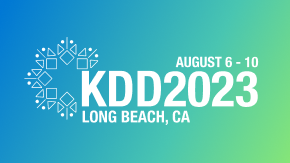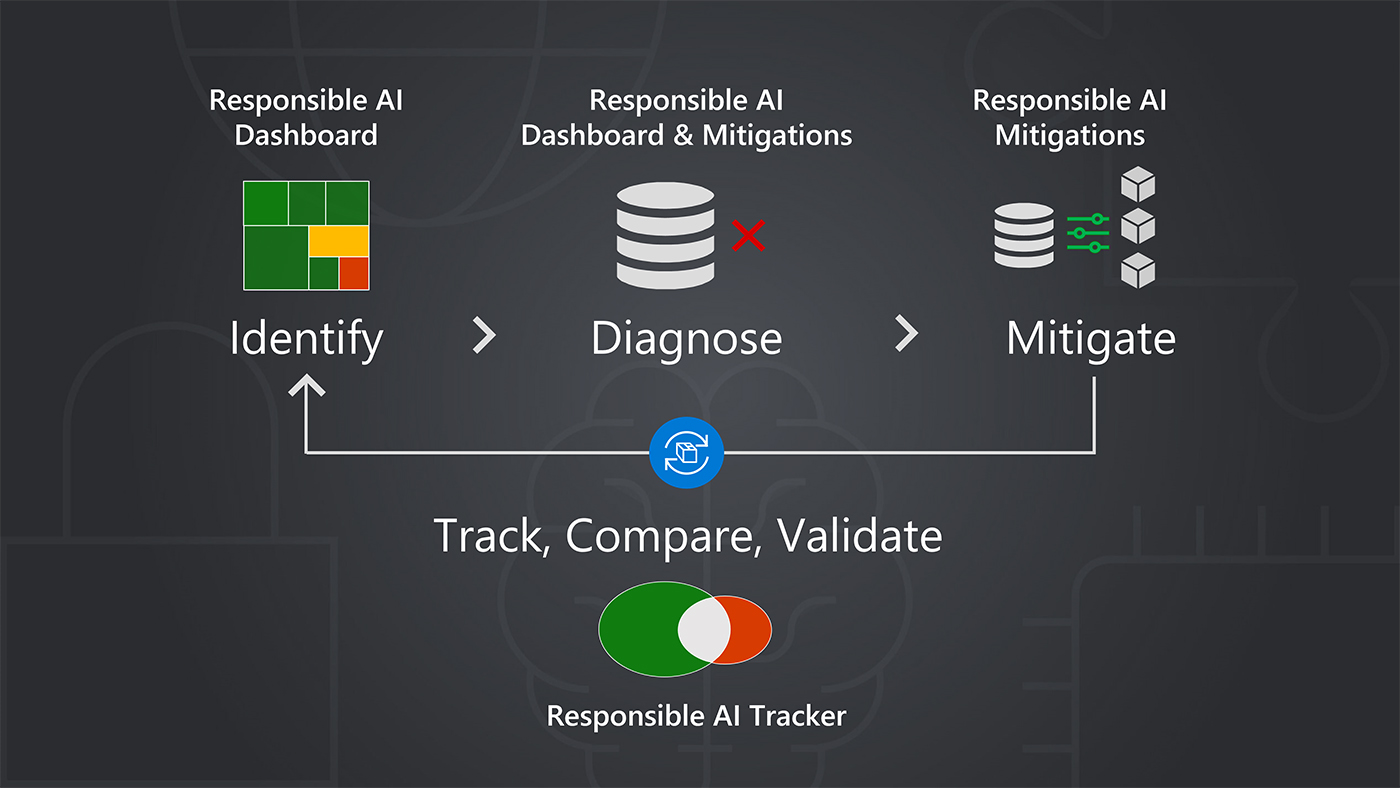By Kenji Takeda (opens in new tab), Director, Azure for Research

Doctors make life-saving — and life-changing — decisions every day. But how do they know that they are making the best decisions? Can artificial intelligence (AI) help?
Spotlight: blog post
“Before evidence-based medicine, decision-making in health care was heavily reliant on the expertise and knowledge of the health professional, usually a doctor. What has happened in the last 20, 30 years is that the health care literature has exploded way beyond what any individual doctor could hope to keep up with,” explained David Tovey, editor-in-chief at Cochrane. Cochrane (opens in new tab) is a not-for-profit organization that creates, publishes and maintains systematic reviews of health care interventions, with more than 37,000 contributors working in 130 countries.
The goal is to analyze the latest medical research to find the best treatments and interventions for patients and citizens. Systematic reviews bring together the best available research evidence from individual clinical trials and study data from around the world to inform the development of guidelines, individual practice decisions and national-scale health policymaking. These are rigorous and robust studies needed to provide the best advice, but they can take more than a year or two to complete. Tovey is concerned that systematic reviews, which are a painstaking process, are not used as widely as necessary. Said Tovey, “This is one of the main limitations for using systematic reviews to guide decision-making, particularly in policy areas. Policymakers increasingly want their decisions to be made in a period of weeks or months.”
Professor James Thomas at University College London (opens in new tab) (UCL) first started exploring text mining a decade ago because it promised to automate the laborious process of identifying and classifying medical research reports. In 2006, the state of the art in text mining was to develop complex rules to try to analyze these reports in an intelligent way.
But these rules-based approaches failed.
The Cochrane Transform Project (opens in new tab) is now applying AI and machine learning to analyze thousands of reports to automatically select ones to include in systematic reviews. This new approach is successfully saving weeks of monotonous work, freeing up the expert health care reviewers to spend their time and energy on high-level analysis. Thomas is using Cortana Intelligence (opens in new tab) to quickly develop and deploy AI solutions in the cloud. He explained, “What makes this particularly efficient is the fact that I can build a classifier using the studio and then just deploy it as a web service with the click of a button, without deploying a server.” The flexibility and open nature of Azure Machine Learning also means his team can be flexible in their approach. Said Thomas, “Initially I developed these models in R, which didn’t work as well as Python. So I was able to keep the top and the bottom of the process and just swap out the machine learning section in the middle.”
The team is continuously improving the performance of the machine learning system, and engaging with more than 5,000 citizen scientists in 117 countries through the Cochrane Crowd (opens in new tab) platform. “Cochrane Crowd has really enabled anybody who wants to get involved with producing health evidence to do so,” said Anna Noel-Storr of Cochrane’s Dementia Group. The Cochrane Crowd participants have screened more than 300,000 reports and 30,000 clinical trials to create a dataset to help train James’ AI. The machine learning system has improved the efficiency of the crowd by more than 60 percent. Thomas is excited by how this benefits everyone. “So what we end up with is a virtuous circle whereby the AI makes the crowd more efficient, and then the crowd, by supplying more data, makes the AI more accurate.”
These services are deployed through cloud APIs to help clinical assessment groups look at the latest medical research in different specialties, from cardiology and dementia, to public health issues such as obesity, healthy eating and physical exercise. The flexibility of the Microsoft Cloud means that the researchers can quickly create customized systems tailored for each clinical assessment group. This is then made usable by researchers worldwide through the EPPI-Reviewer cloud service (opens in new tab), which is now running on Microsoft Azure (opens in new tab). The AI system augments reviewers’ capabilities, allowing them to focus on understanding data instead of the monotonous work of sifting through thousands of research studies by hand.
The system is now being used by the National Institute for Health and Care Excellence (opens in new tab) in the U.K., which provides health care delivery guidance across the U.K. National Health Service (NHS) for more than 65 million people. It will directly speed up adoption of new health care interventions at national and international scale, for example, by facilitating the clearing of new drugs for widespread use across the NHS. The result is that decisions about which interventions are best will be faster and more reliable, thanks to the intelligent cloud.
Noel-Storr is excited by the prospect of democratizing AI for health, and how it can augment what people can achieve. “I think what excites me most about this work is that it is about exploring where those boundaries lie between what the machine can do and what the human can do…. so that we can then better direct human effort where it’s most needed.”
Learn more
- Cochrane Project Transform (opens in new tab)
- Cochrane Crowd project (opens in new tab)
- EPPI-Centre at University College London (opens in new tab)
- Cortana Intelligence (opens in new tab)
- Open source at Microsoft (opens in new tab)
- Democratizing AI in Health (opens in new tab)
- Microsoft Azure for Research (opens in new tab)
- Microsoft Azure (opens in new tab)





